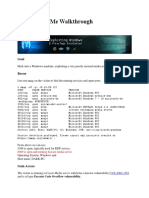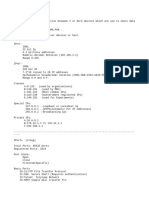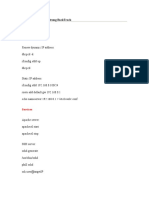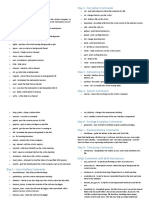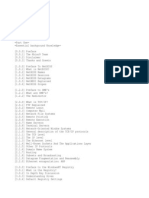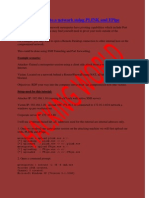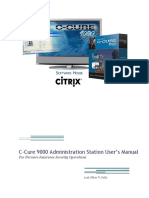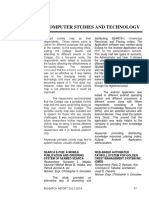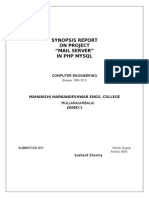0% found this document useful (0 votes)
48 views8 pagesCheatsheet Metasploit&Meterpreter
The document provides a comprehensive guide on using the Metasploit framework for penetration testing, including commands for exploiting vulnerabilities, managing sessions, and post-exploitation techniques. It details the setup of PostgreSQL, the execution of various exploits, and the use of Meterpreter for system information retrieval and file management. Additionally, it includes instructions for building custom modules and common commands for network and system manipulation.
Uploaded by
sarthakchow2Copyright
© © All Rights Reserved
We take content rights seriously. If you suspect this is your content, claim it here.
Available Formats
Download as TXT, PDF, TXT or read online on Scribd
0% found this document useful (0 votes)
48 views8 pagesCheatsheet Metasploit&Meterpreter
The document provides a comprehensive guide on using the Metasploit framework for penetration testing, including commands for exploiting vulnerabilities, managing sessions, and post-exploitation techniques. It details the setup of PostgreSQL, the execution of various exploits, and the use of Meterpreter for system information retrieval and file management. Additionally, it includes instructions for building custom modules and common commands for network and system manipulation.
Uploaded by
sarthakchow2Copyright
© © All Rights Reserved
We take content rights seriously. If you suspect this is your content, claim it here.
Available Formats
Download as TXT, PDF, TXT or read online on Scribd
/ 8






